Hydrogen comet enters new market for second week in a row
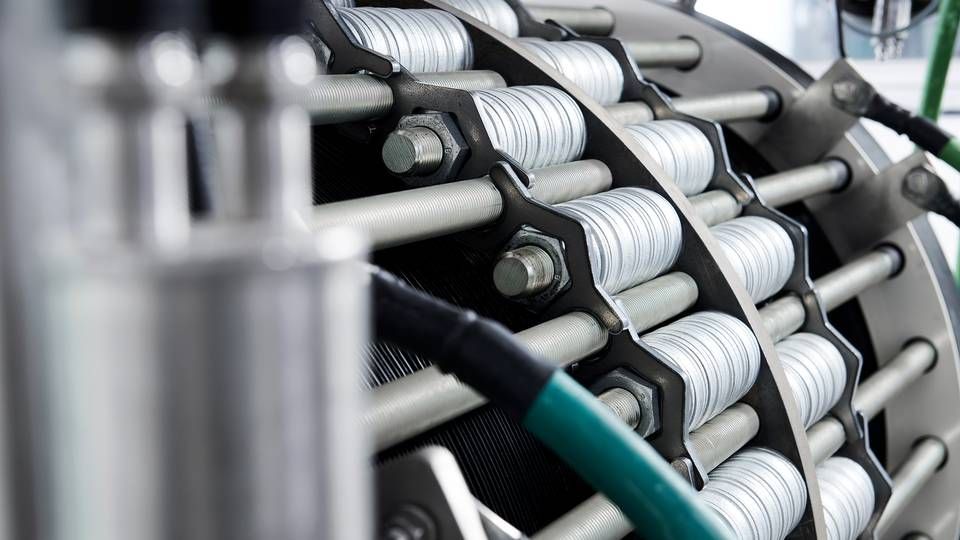
What matters now is not so much the size of the orders. Rather, it's the fact that Green Hydrogen Systems (GHS) has now, over the course of two weeks, entered two different and strategically important markets: first Australia, now the UK.
At least, that's the assessment of Sebastian Koks Andreassen, chief executive of the forward-charging Danish company. He says as much in an interview with EnergyWatch, while the company presents a new deal for an electrolysis facility with a capacity of 1 MW in Britain.
"It's our first order on the British market, which is very exciting in itself – just as it was last week, when we got our first order with Skai, for the Australian market," Andreassen says.
The customer is still undisclosed due to the company's end product not yet being ready. But the contract entails a direct sale to a player within the transport and construction sectors.
The British customer has ordered two of the hydrogen firm's Hyprovide A90 electrolyzers of each a half megawatt. Both produce green hydrogen based on renewable energy, the company's trademark.
In terms of size, the agreement is double that of last week's contract with Skai Energies. On the other hand, utility Ørsted ordered five of GHS' electrolyzers in January for its H2RES project.
As part of the British order, GHS was also awarded a three-year service contract encompassing maintenance and support – both on-site and remote.
Awareness is vital
GHS has built up a portfolio totaling 5 MW, and the company plans to propagate its technology globally.
Still, it's not entirely by accident that the Australian and British markets appeared on the drawing board, as the company has named Europe and the Asian OECD countries (Australia, Japan and South Korea) special focus markets.
"That's where we see the biggest potential in the short term. But we will, of course, also be selling our products elsewhere. It's just important to us as a young company to prioritize our efforts – in sales as well. So instead of opening sales offices in all corners of the world, we'll be focusing on these two areas," Andreassen says, adding:
"It has strategic significance that we go out and confirm that we can function and sell on our focus markets. And it's also an industry where – for the handful of companies working with electrolysis – it's important to create awareness about one's technology and business. Every sale we make is a way to increase that awareness and make our company known."
Big hydrogen plans
The hydrogen market is very much in bloom, so it's about getting on board that train in order to secure both domestic and international orders. For instance, the EU calculates a combined build-out of 6 GW by as soon as 2024 and 40 GW six years later, by 2030.
At the same time, the government in GHS' Danish home market has pledged to release a strategy for Power-to-X – and thereby also hydrogen – later this year. A number of other European countries have already launched such strategies.
GHS itself assesses its potential to entail delivery of 8 GW to the European market by 2030 and 12 GW to the Asian market. It's a long way home, but the company has recently demonstrated quite the tempo.
In November, the company moved into newly established production facilities in Southern Denmark's Kolding, which are markedly larger than its previous locale. And the staff count has more than quintupled since the end of 2019, now amounting to 84 employees.
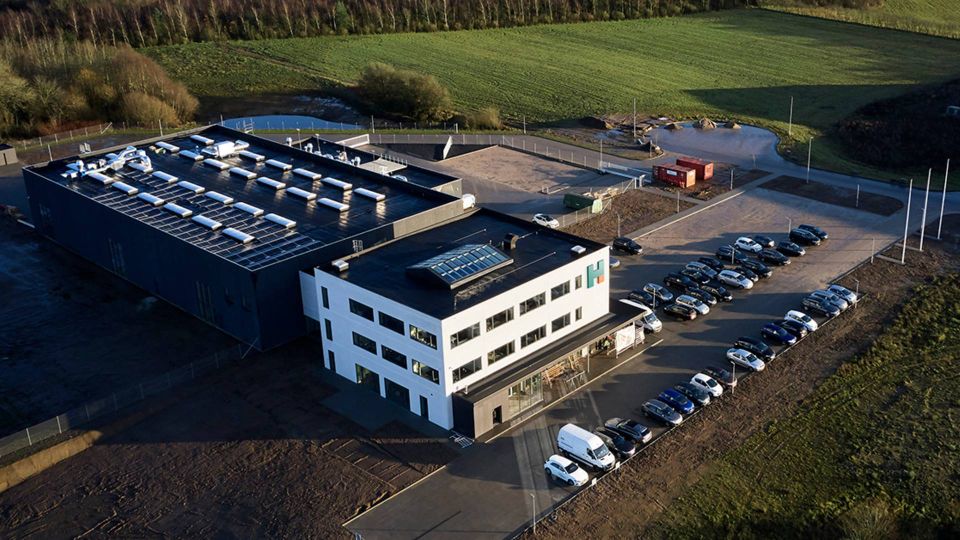
An important acknowledgment
A lot has also happened in terms of production capacity. GHS is banking on achieving a run-rate of 75 MW during this year and aims to double it ahead of 2023.
"The background for all this is that we are in the process of scaling up our production capacity to accommodate a commercialization of our product. These orders indeed confirm that we have a technology that works and is attractive measured in price. And it gives us experience in manufacturing more facilities for our customers. So, we’re very pleased about this," he says.
In due time, the company will be able to dial up to at least 1 GW, if financing and demand allows for it. The hydrogen market is, however, still in its infancy.
Transactions at GHS can thus end up taking place in a variety of ways. One being direct sales such as those in Britain today. Another being projects sent to open tender. And then there are the large-scale projects, which there will more and more of, but which are still in a different stage of commercial maturation.
Equipment for the UK customer will be delivered toward the end of the year and is expected to fully commission in early 2022 with the client functioning as operator.
English Edit: Jonas Sahl Jørgensen & Daniel Frank Christensen
Green hydrogen marvel bound for blockbuster IPO
Related articles
Green hydrogen marvel bound for blockbuster IPO
For subscribers
Green Hydrogen Systems completes new production facilities
For subscribers
Green Hydrogen Systems prepares to double size
For subscribers

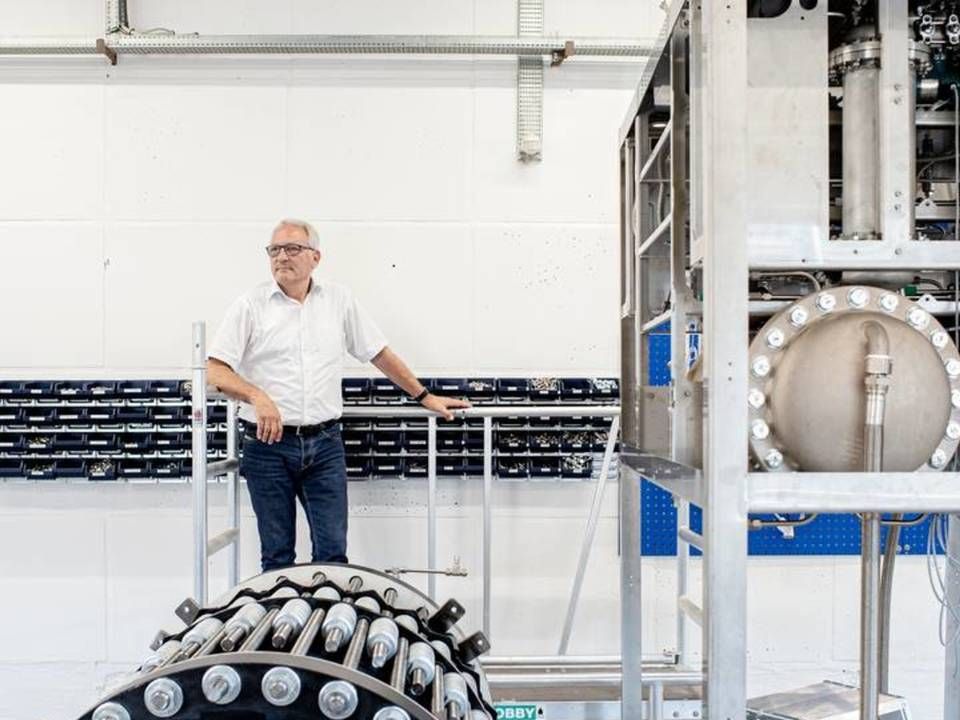
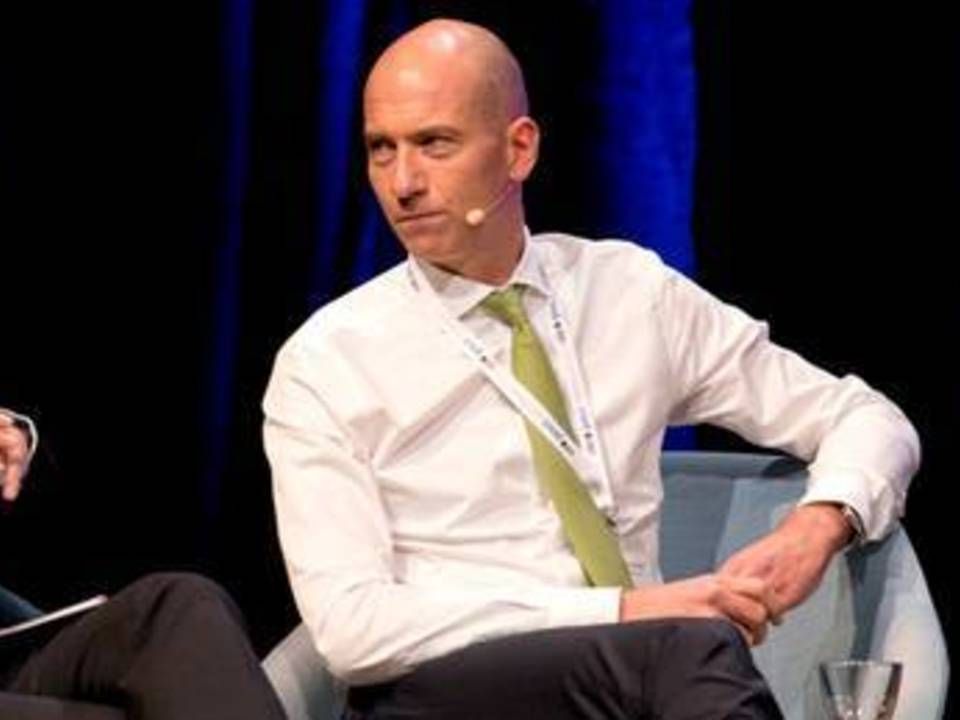
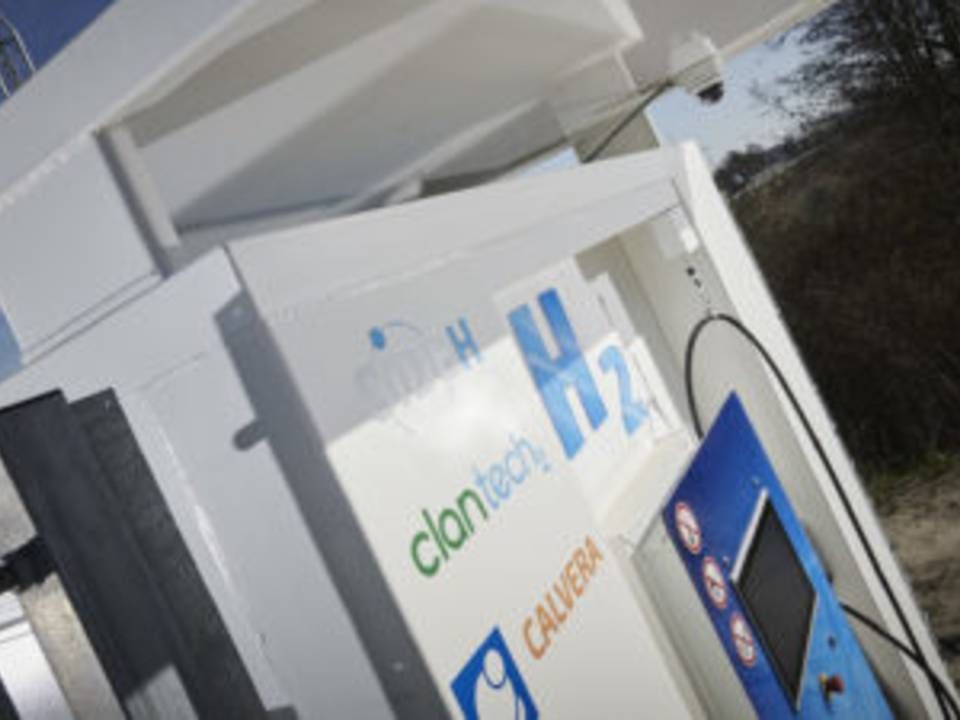





















.jpg&w=384&q=75)